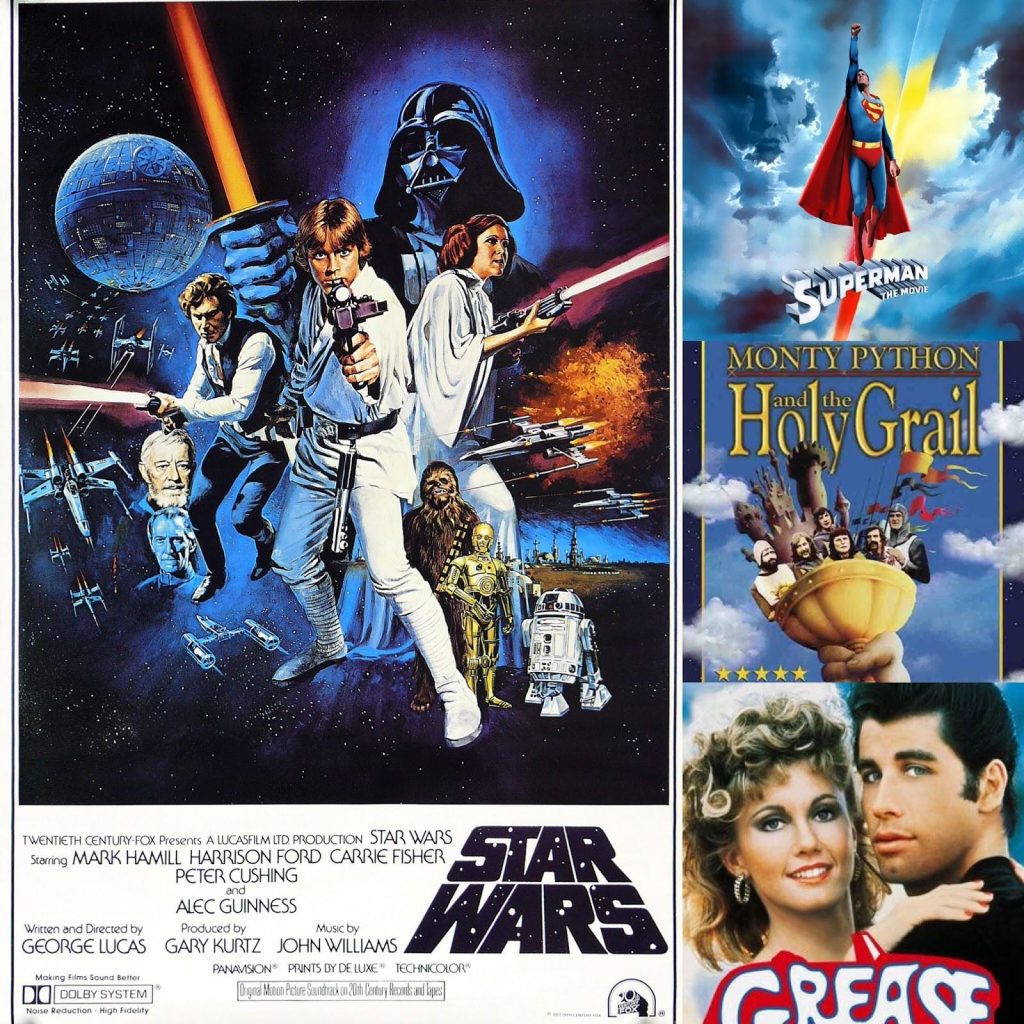In a world where the cacophony of voices grows ever louder, certain stories continue to resonate, cutting through the noise with clarity and purpose. Harper Lee‘s “To Kill a Mockingbird” is one such narrative, a literary classic that has endured the test of time, maintaining its grip on the hearts and minds of readers across generations. This novel, with its profound exploration of justice, morality, and human empathy, remains as powerful today as it was upon its release over six decades ago. As society grapples with issues of inequality, prejudice, and moral courage, “To Kill a Mockingbird” stands as a beacon, inviting us to reflect on the enduring complexities of human nature and the quest for justice. In this article, we delve into the elements that continue to imbue Lee’s masterpiece with relevance and potency, examining why its themes echo so compellingly in our contemporary world.
Enduring Themes of Justice and Morality
In Harper Lee’s To Kill a Mockingbird, the resonate powerfully, as they delve deep into the human conscience. The novel invites readers to explore the complexities of ethical behavior through the lens of a small Southern town’s struggles with prejudice and integrity. Atticus Finch, the novel’s moral backbone, serves as a beacon of righteousness, embodying the ideal that justice is not just a legal principle but a profound moral obligation. His defense of Tom Robinson, an innocent Black man wrongly accused of rape, highlights the dissonance between the law and true justice, urging readers to reflect on the moral courage required to stand up against societal injustices.
Lee’s narrative crafts a rich tapestry of moral dilemmas, illustrating that justice is often entwined with personal integrity and the courage to act rightly despite the consequences. Key themes include:
- The clash between justice and racism
- The importance of empathy and understanding
- The struggle between innocence and the harsh realities of the world
These themes are not just historical footnotes but continue to challenge modern audiences, provoking discussions about how far society has come and how much further it must go. As readers grapple with these moral complexities, the novel remains a powerful reminder of the enduring quest for justice and the moral choices that define us.

Complex Characters and Human Nature
One of the most compelling aspects of Harper Lee’s novel is its intricate portrayal of human nature through complex characters. Atticus Finch, with his unwavering moral compass, embodies integrity and justice, yet his character is layered with vulnerabilities that make him relatable. On the other hand, Scout Finch, through her innocent and inquisitive perspective, allows readers to explore the prejudices and injustices of the world around her. These characters are not just literary figures; they are mirrors reflecting the multifaceted nature of humanity.
- Boo Radley: Initially perceived as a reclusive and mysterious figure, Boo evolves into a symbol of misunderstood kindness.
- Tom Robinson: His trial and conviction highlight the deep-seated racial prejudices, challenging readers to confront uncomfortable truths.
- Mayella Ewell: Caught in the crossfire of societal and familial expectations, her character evokes both sympathy and frustration.
Each character, with their own complexities and contradictions, provides a profound insight into the human condition. By presenting such nuanced characters, the novel continues to resonate, prompting readers to reflect on their own beliefs and biases, making it a timeless exploration of what it means to be human.

Cultural Reflections and Historical Context
Harper Lee’s To Kill a Mockingbird is deeply entrenched in the socio-political landscape of the American South during the 1930s, a time when racial tensions were palpably high. The novel offers a lens into the injustices and prejudices that were rampant, serving as a stark reminder of the societal divides that existed—and, to some extent, persist today. This historical context is crucial in understanding why the novel still resonates. By weaving together themes of racial injustice, moral growth, and empathy, Lee creates a narrative that transcends its era, offering insights that remain relevant in modern discourse.
- Racial Inequality: The trial of Tom Robinson is a poignant representation of systemic racism, a theme that continues to echo in today’s conversations about justice and equality.
- Moral Integrity: Through the character of Atticus Finch, the novel explores the courage it takes to stand up for what is right, a lesson that remains powerful in contemporary society.
- Empathy and Understanding: Scout’s journey towards understanding and compassion underscores the importance of seeing the world from others’ perspectives, a timeless message that encourages dialogue and connection.

Incorporating Classic Literature in Modern Education
In today’s fast-paced, tech-driven classrooms, the inclusion of classic literature like To Kill a Mockingbird offers invaluable lessons that transcend time. This iconic novel by Harper Lee continues to captivate students with its profound exploration of human nature, justice, and morality. Despite being set in the racially charged atmosphere of the 1930s American South, its themes remain alarmingly relevant. The novel’s enduring power lies in its ability to foster critical thinking and empathy in students, which are essential skills in our increasingly complex world.
Here are some reasons why this classic novel is still a staple in modern education:
- Complex Characters: The depth and development of characters like Scout Finch and Atticus Finch provide students with a nuanced understanding of courage and integrity.
- Timeless Themes: Issues such as racial injustice, moral growth, and the loss of innocence resonate deeply with contemporary social challenges.
- Rich Symbolism: The novel’s use of symbolism, such as the mockingbird, invites students to explore and interpret its layers of meaning.
- Encourages Dialogue: The story sparks important conversations about ethics and social responsibility, promoting an inclusive and reflective classroom environment.









